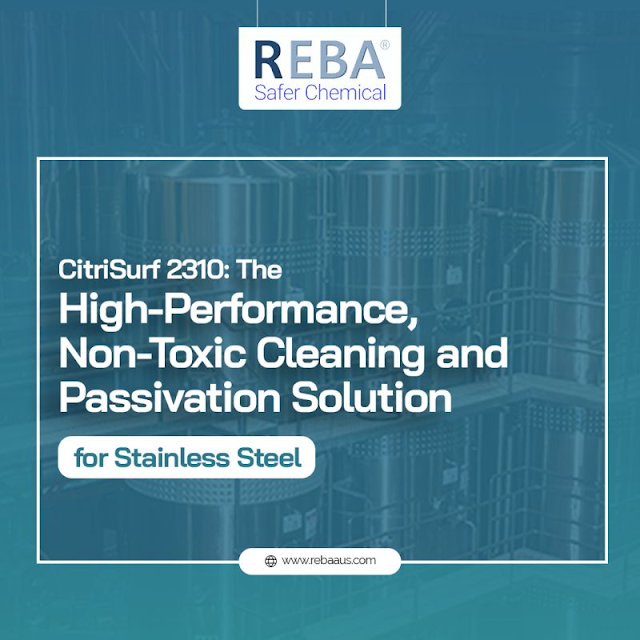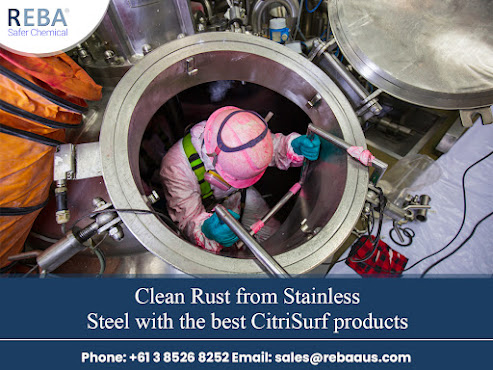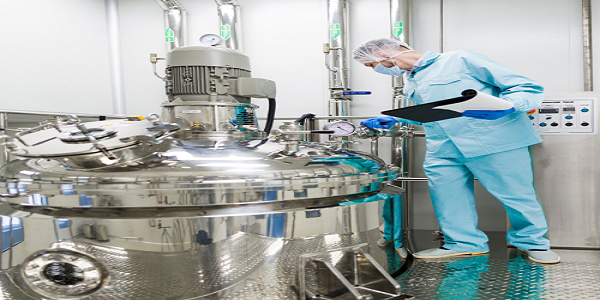Say Goodbye to Rust: The Ultimate Guide to Rust Removal from Stainless Steel
Stainless steel is one of the most popular materials used in many applications, including home appliances, cutlery, industrial equipment, and more. It is known for its durability, strength, and resistance to corrosion, which is why it is widely used in various industries. However, even stainless steel is not immune to rust. Rust is a common problem that occurs when stainless steel is exposed to moisture, oxygen, and other elements, which can lead to the material's deterioration.
In this article, we'll cover everything you need to know about Rust Removal From Stainless Steel, including the benefits of Passivation with Citric Acid.
What is Rust and Why Does it Occur on Stainless Steel?
Rust is a type of corrosion that occurs when iron or steel is exposed to oxygen and moisture, leading to the formation of iron oxide. Stainless steel contains chromium, which forms a thin layer of oxide on the surface of the steel. This layer protects the steel from rust and corrosion.
However, if the surface of the stainless steel is damaged or scratched, the protective layer can be compromised, leading to the formation of rust.
Rust Removal from Stainless Steel
There are several methods for removing rust from stainless steel, and the best method depends on the severity of the rust and the size of the affected area. Here are some methods for rust removal from stainless steel:
Using a Rust Remover: You can use a commercial rust remover to remove rust from stainless steel. Simply apply the rust remover to the affected area, let it sit for a few minutes, and then scrub the area with a wire brush or abrasive pad.
Using Baking Soda: Mix baking soda and water to create a paste. Apply the paste to the rusted area, and then scrub the area with a toothbrush or soft-bristled brush. Rinse the area with water and dry it thoroughly.
Using Vinegar: Soak a cloth in vinegar and wrap it around the rusted area. Let it sit for a few hours, and then scrub the area with a wire brush or abrasive pad.
Using Lemon Juice: Squeeze lemon juice onto the rusted area and let it sit for a few hours. Scrub the area with a toothbrush or soft-bristled brush, and then rinse the area with water and dry it thoroughly.
Passivation with Citric Acid
Passivation is a process that involves treating stainless steel with an acid solution to remove any contaminants and to create a passive oxide layer that protects the steel from rust and corrosion. Citric acid is an effective passivating agent that is safe, eco-friendly, and easy to use. Here are the steps for passivation with citric acid:
Clean the Surface: Before passivating stainless steel with citric acid, make sure the surface is clean and free of any contaminants, such as grease, oil, or dirt
Prepare the Citric Acid Solution: Mix the citric acid with water according to the manufacturer's instructions
Apply the Solution: Apply the citric acid solution to the stainless steel surface and let it sit for a few minutes
Rinse the Surface: Rinse the surface with water and dry it thoroughly
Inspect the Surface: Inspect the surface for any signs of rust or corrosion
If any areas are still affected, repeat the passivation process.
Rust can be a major problem for stainless steel, but it can be prevented and removed with the right methods. Using a rust remover, baking soda, vinegar, or lemon juice are all effective ways to remove rust from stainless steel. Passivation with citric acid is an excellent way to prevent rust and corrosion from forming on stainless steel. By following these tips and methods, you can ensure that your stainless steel surfaces remain rust-free and look their best for years to come. Remember to always follow safety guidelines and manufacturer instructions when working with chemicals and cleaning agents. With these tips and methods, you can say goodbye to rust and keep your stainless steel surfaces in top condition.




Comments
Post a Comment